Breadcrumb
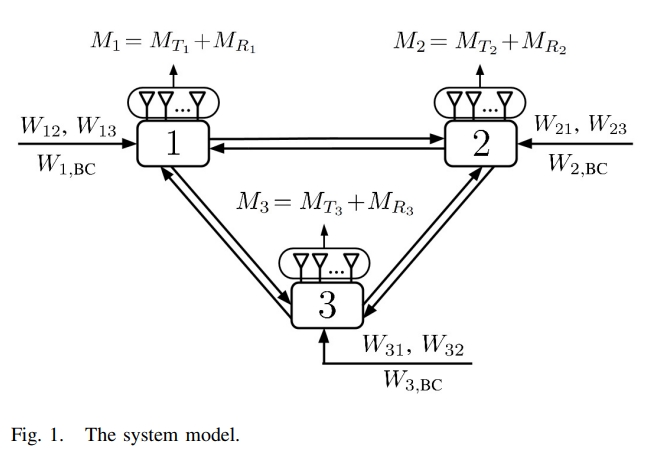
Degrees of Freedom of the Full-Duplex Asymmetric MIMO Three-Way Channel with Unicast and Broadcast Messages
In this paper, we characterize the total degrees of freedom (DoFs) of the full-duplex asymmetric multiple-input multiple- output (MIMO) three-way channel. Each node has a separate-antenna full-duplex MIMO transceiver with a different number of antennas, where each antenna can be configured for either signal transmission or reception. We study this system under two message configurations; the first configuration is when each node has two unicast messages to be delivered to the two other nodes, while the second configuration is when each node has two unicast messages as well as one broadcast

Degrees of freedom in cached MIMO relay networks with multiple base stations
The ability of physical layer relay caching to increase the degrees of freedom (DoF) of a single cell was recently illustrated. In this paper, we extend this result to the case of multiple cells in which a caching relay is shared among multiple non-cooperative base stations (BSs). In particular, we show that a large DoF gain can be achieved by exploiting the benefits of having a shared relay that cooperates with the BSs. We first propose a cache-assisted relaying protocol that improves the cooperation opportunity between the BSs and the relay. Next, we consider the cache content placement
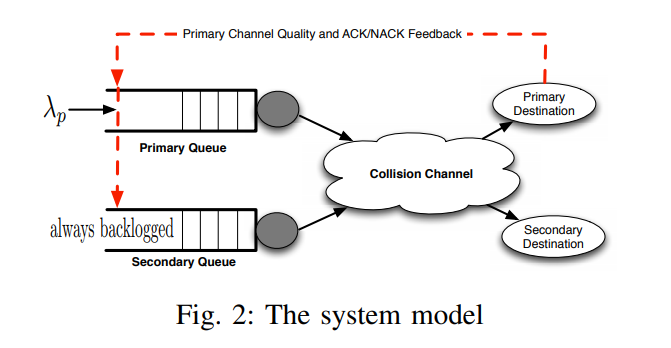
Hybrid feedback-based access scheme for cognitive radio systems
In this paper, a cognitive radio system is studied in which the secondary user (SU) leverages the primary user (PU) channel quality indicator feedback (CQI) and the PU automatic repeat request (ARQ). The SU randomly accesses the PU channel with access probabilities based on its spectrum sensing outcome and the PU feedbacks. The SU's access probabilities are selected though an optimization problem with the objective to maximize the SU's throughput while ensuring the stability of the PU's packet queue. This system is modeled using a multidimensional Markov chain. This model enabled us to derive

LTE dynamic scheduling scheme for massive M2M and H2H communication
Machine-to-Machine (M2M) has become a generally used term owing to the concept of the Internet of Things (IOT). M2M communications have numerous areas of implementation such as medicine, transportation, environmental monitoring, and smart grids. As the field of its implementation extends, the number of M2M equipment are projected to grow proportionally in the upcoming few years. Current cellular network technologies will not be able to cope with the expected increase in the number of M2M services while considering QoS as a major topic. Many applications of M2M are delay sensitive that will
Towards Mobility-Aware Proactive Caching for Vehicular Ad hoc Networks
Harnessing information about the user mobility pattern and daily demand can enhance the network capability to improve the quality of experience (QoE) at Vehicular Ad- Hoc Networks (VANETs). Proactive caching, as one of the key features offered by 5G networks, has lately received much interest. However, more research is still needed to convey large-sized multimedia content including video, audio and pictures to the high speed moving vehicles. In this paper, we study the gains achieved by proactive caching in Roadside Units (RSUs) where we take into consideration the effect of the vehicle
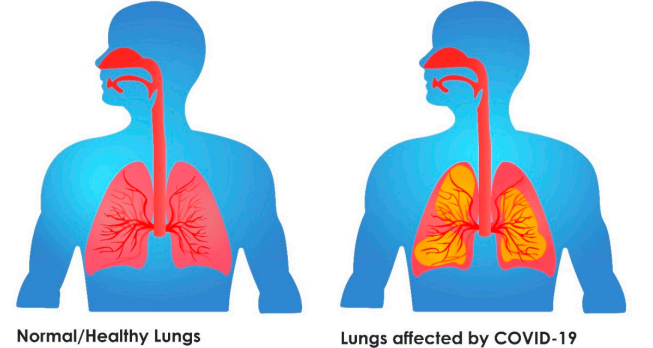
Role of Artificial Intelligence in Diagnosis of Covid-19 Using CT-Scan
Machine learning (ML) and deep learning (DL) have been broadly used in our daily lives in different ways. Early detection of COVID-19 built on chest Computerized tomography CT empowers suitable management of patients and helps control the spread of the disease. We projected an artificial intelligence (AI) system for rapid COVID-19 detection using analysis of CTs of COVID-19 depending on the AI system. We developed and evaluated our system on a large dataset with more than 3000 CT volumes from COVID-19, viral community-acquired pneumonia (CAP) and non-pneumonia subjects—1601 positive cases
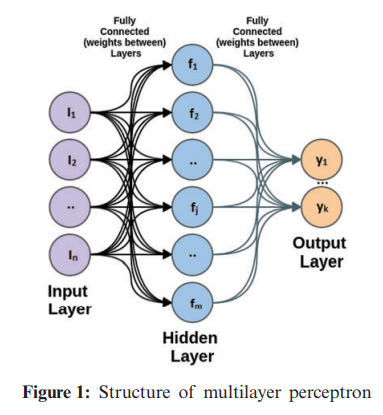
An optimized ensemble model for prediction the bandwidth of metamaterial antenna
Metamaterial Antenna is a special class of antennas that uses metamaterial to enhance their performance. Antenna size affects the quality factor and the radiation loss of the antenna. Metamaterial antennas can overcome the limitation of bandwidth for small antennas.Machine learning (ML)model is recently applied to predict antenna parameters.ML can be used as an alternative approach to the trial-and-error process of finding proper parameters of the simulated antenna. The accuracy of the prediction depends mainly on the selected model. Ensemble models combine two or more base models to produce a
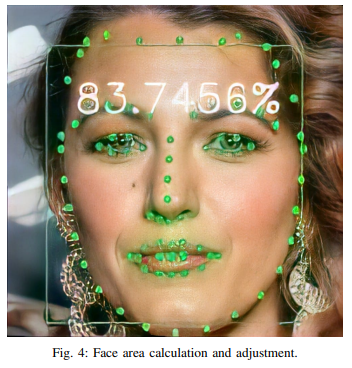
A Preprocessing Approach to Improve the Performance of Inception v3-based Face Shape Classification
Face shape classification is considered one of the trending topics in the artificial intelligence research field. Face shape classification can be employed in many broad-scoped projects, such as hairstyle recommendation systems in the beauty and fashion industry. In this paper, the inception v3 model was employed to reach the highest possible performance for classifying the different face shapes. The model was re-trained after applying a proposed sequence of preprocessing techniques, including image straightening, cropping, resizing, and normalization. The model was re-trained on different
Towards optimal resource allocation in caching at relay networks
We investigate the performance of caching in relay networks where an intermediate relay station (RS) caches content for future demand by end users. With uncertain user demand over multiple data items and dynamically changing wireless links, we characterize the optimal transmission time for serving data items, cached data portion allocation of relay station and optimal service portion, which represents a part from the cached portion, to minimize the total average transmission energy. We argue that under several settings fully caching the higher popular items is the optimal caching policy which
AROMA: Automatic generation of radio maps for localization systems
Current methods for building radio maps for wireless localization systems require a tedious, manual and error-prone calibration of the area of interest. Each time the layout of the environment is changed or different hardware is used, the whole process of location fingerprinting and constructing the radio map has to be repeated. The process gets more complicated in the case of localizing multiple entities in a device-free scenario, since the radio map needs to take all possible combinations of the location of the entities into account. In this demo, we present a novel system (AROMA) that is
Pagination
- Previous page ‹‹
- Page 16
- Next page ››

